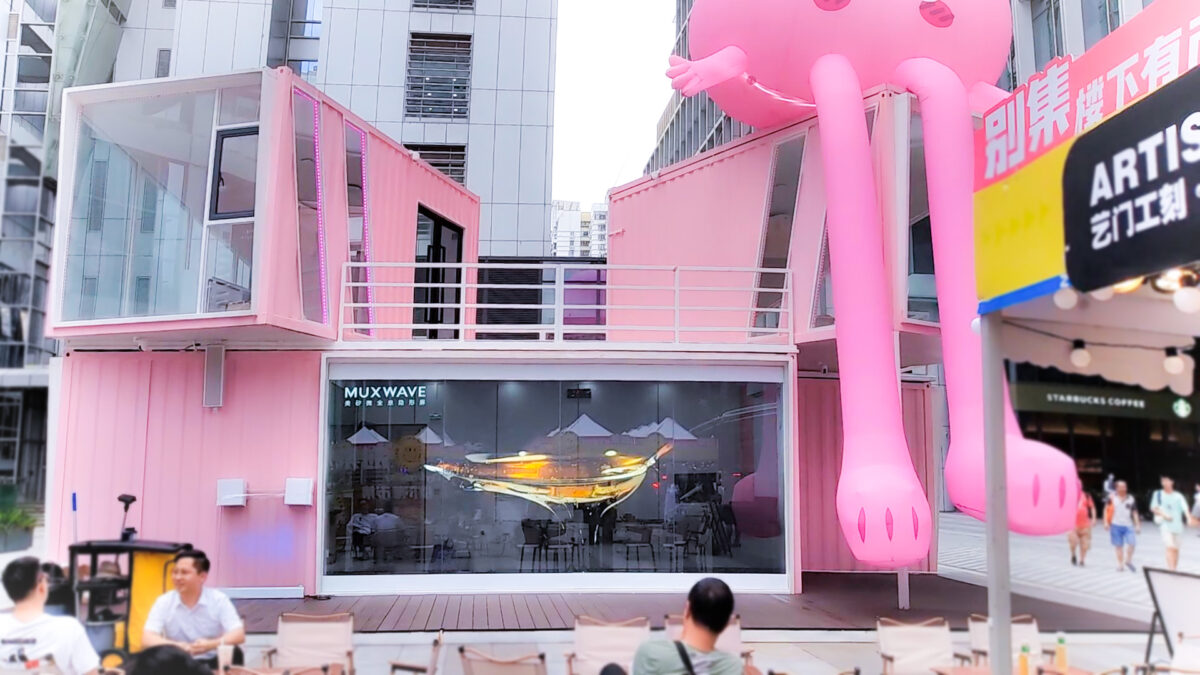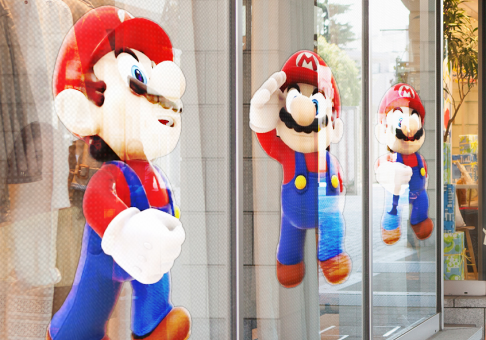The advantages of LED transparent screens
2023-12-13Do you know why LED transparent screens need to undergo aging before shipment?
2023-12-13In recent years, transparent LED display screens have secured a place in urban beautification projects with their innovative display technology, sleek design, and high-tech atmosphere. As a subset of the LED display screen market, transparent screens offer unparalleled visual experiences and new application possibilities, enriching the variety and display methods of LED screens. They fill the gap in the field of transparent LED displays, providing customers with more choices and possibilities. With the rapid development of the industry and increasing customer demand, transparent LED displays have expanded their applications to major markets such as building glass curtain walls and commercial retail windows. They represent a new direction in the development of new media, highlighting the architectural media value they bring.

As LED transparent screens are widely used in areas like building facades, malls, glass windows, high-end exhibitions, stages, and television studios, choosing the right transparent screen has become a crucial consideration. Here are some reference points from Muxwave when selecting a transparent screen:
Model Selection: Pixel pitch is closely related to resolution. The best viewing distance is calculated as pixel pitch divided by 0.3. For closer distances, a smaller pixel pitch like P2.5mm is suitable, while for farther distances, P3.91 or P6.25mm may be preferable. It’s important to consider both screen size and application space, as a smaller pixel pitch does not always result in better actual performance and can lead to higher costs.
Brightness Selection: Brightness is a key factor when choosing a transparent screen, and it depends on the environment:
Outdoor (Sunny): In environments with direct sunlight, high brightness (around 4000-5000cd/㎡) is essential to ensure clear visibility under strong sunlight.
Outdoor (Shaded): In shaded outdoor environments (semi-outdoor), brightness requirements are still higher than pure indoor applications, typically ranging from 2000-4000cd/㎡.
Indoor: In well-lit or dim indoor environments, brightness levels should be adjusted accordingly, ranging from 1000-2500cd/㎡ to avoid discomfort or eye strain.
Considerations when choosing LED Transparent Screens:
Avoid cheap, unbranded LED chips. Opt for high-quality chips with accurate and uniform colors, good stability, and even brightness for longer lifespan, vibrant colors, and excellent color reproduction.
Choose an experienced factory to ensure product safety.
Muxwave holographic invisible screens are innovative transparent LED display screens with features such as transparency, high-definition image quality, naked-eye AR visual effects, high brightness, and high contrast. They can be seamlessly integrated into transparent glass in buildings and commercial spaces. The product is exported to over a hundred countries and regions, and Muxwave is a comprehensive enterprise encompassing production, design, and sales, earning widespread recognition.
